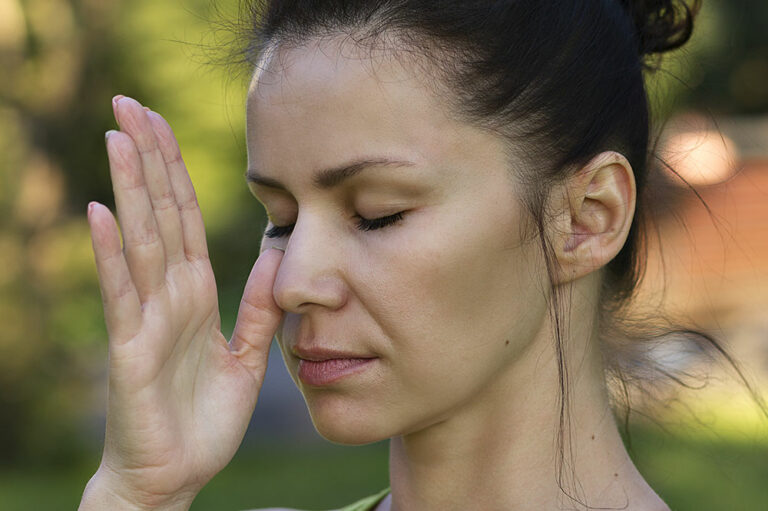
10 Early Signs of Arthritis that Require Immediate Attention
Most people think of arthritis as a single disease. However, it’s a term that refers to tenderness and swelling in one or more joints. Today, there are more than 100 types of arthritis that can affect people across all age groups. While the condition is not wholly limited to age factor, one can experience the worsening of symptoms as the years pass. Keep reading to learn more about the early signs of arthritis.
Top 10 early signs of arthritis
One can develop arthritis if the shock-absorbing cartilage near the bone doesn’t function properly. If left untreated, it can cause inflammation and difficulty continuing daily tasks. Hence, here are some early signs of arthritis to look out for.
Pain
One of the most common early signs of the condition is pain, also known as arthralgia. In most cases, it can be experienced either in dull pain or a burning sensation near the affected joints, which can be further aggravated by prolonged use of the area. For instance, when one climbs up a flight of stairs. Furthermore, some people even experience soreness in the joints in the mornings.
Redness
Sometimes, as the inflammation of the joints remains untreated, it can cause the area to have a red appearance. This happens due to the widening of blood vessels in the area, causing more blood to flow to the affected joint. In some cases, one may even notice further skin discoloration around the joints of the legs and hands.
Swelling
In cases where the patient’s pain worsens, it can lead to swelling in the area. One of the main reasons behind the swelling is the decreased presence of synovial fluid in the affected joint. Typically, this fluid acts as a lubricant or cushion, easing the movement. But when the amount of fluid decreases, the swelling can become increasingly painful, further restricting the patient’s movement and daily activities.
For example, if the fingers have been affected, one can have difficulty removing rings.
Grinding sensation or sound
Another early sign of arthritis that can indicate the development of the condition is a grinding sensation or sound in the affected joint. This signifies that the cartilage has worn down due to the constant rubbing against one bone and another.
Although this symptom has been chiefly noticed in the hips and knees, it can also affect other joints—especially the wrist and fingers.
Pain in the groin
In some cases where the hip joint has been affected by arthritis, one can experience an extremely sharp and painful sensation that can radiate to the groin. Further, one can experience pain in the knees and thighs.
In such cases, this pain can be accompanied by other symptoms such as weakness, stiffness, and audible clicking sounds while moving,
Stiffness
Most commonly diagnosed inflammatory arthritis types, like rheumatoid arthritis, are likely to develop in the hands and feet. This includes small joints such as the wrists. Then, the condition can progress and affect larger joints. So, when one develops the condition, one can experience stiffness in the affected joint. While this symptom can be easier to notice in the mornings, it can improve as one continues daily activities.
But one must pay special attention to this particular symptom, as the length of time affected by stiffness strongly indicates the degree of inflammation in the joints. Hence, if the stiffness increases, one must seek immediate medical attention.
Symmetrical joint pain
Early signs of arthritis can also include symmetrical joint pain. Here, one can experience pain and swelling in the same joint on both knees and wrists. Sometimes it can also affect fingers. This means if one has noticeable symptoms of arthritis in one finger of the left hand, chances are that the same can be observed on the same finger of the right hand.
While this symptom has been noticed in many patients, it cannot be considered the same for everyone.
A reduction in the range of motion
Usually, in the early stages of arthritis, one can notice signs such as mild restriction of the joints. At first, this issue may not seem alarming, but joint weakness and swelling can further influence or aggravate it. Then, as the condition progresses, the movement of joints can become more complex, causing a loss of coordination and grip, limping, and dexterity problems in the patients.
A feeling of warmth in the joints
A telltale sign of active inflammation, warmth in the joints can be considered one of the earliest signs of arthritis. While it cannot cause a hindrance in one’s daily activities, it can stimulate discomfort. But one must remember that this warmth can be present without swelling or redness. Hence, if one experiences this symptom, one must consult a healthcare professional immediately. This can pave the way for treatment, effectively reducing and managing symptoms.
Tingling and numbness
In some patients, arthritis, specifically rheumatoid arthritis (RA), can affect the nerves in the hands and feet. In such cases, the patients may detect numbness or a tingling sensation resembling the pricking of pins and needles. If left untreated, this condition can also affect blood vessels, leading to changes in skin color near the affected areas – red, white, or blue.
In addition to the above early signs of arthritis, one must also be wary of other known symptoms, which are rashes, chest pain, fever, eye inflammation and redness, and dryness of the eyes.
To conclude, arthritis is a progressive disease, and therefore, one must watch for the above-mentioned early signs and seek treatment immediately to avoid permanent joint damage. Consult a healthcare professional or a physiotherapist to learn more about the possible causes. Timely intervention can help the expert formulate a proper treatment plan and suggest appropriate lifestyle and dietary modifications.







